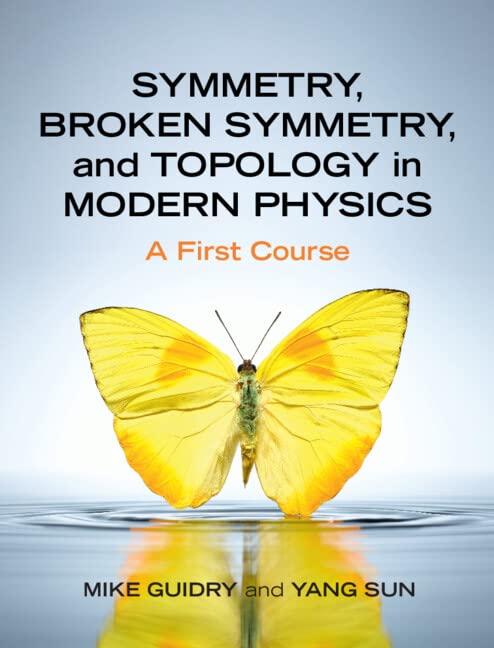Use the classical and thermal velocities derived in Problem 23.1 to estimate the ratio of the corresponding
Question:
Use the classical and thermal velocities derived in Problem 23.1 to estimate the ratio of the corresponding "quantum pressure" and classical "thermal pressure." Assume thermal electrons to obey an ideal gas equation of state and quantum electrons to obey the Fermi-Dirac equation of state \(P \sim\left(\hbar^{2} / m\right) n^{5 / 3}\), where \(m\) is the mass and \(n\) the number density of electrons.
Data from Problem 23.1
This problem and Problem 23.2 give a qualitative feeling for the difference between a phase dominated by classical thermal effects and one dominated by quantum effects by considering the corresponding velocities and pressures. Assume a gas of electrons, each having mass \(m\). Show that a "thermal velocity" \(v_{\mathrm{T}} \sim(k T / m)^{1 / 2}\) may be associated with thermal motion at a temperature \(T\) for classical electrons and a "quantum velocity" \(v_{\mathrm{Q}} \sim \hbar n^{1 / 3} / m\) may be associated with the uncertainty principle, assuming a number density \(n\) for the Fermi-Dirac gas particles. Compare the behavior of the thermal and quantum velocities with density and temperature. Hint: Average spacing between particles may be estimated as \(\Delta x \sim n^{1 / 3}\), and it is convenient to drop constant factors of order one.
Step by Step Answer:

Symmetry Broken Symmetry And Topology In Modern Physics A First Course
ISBN: 9781316518618
1st Edition
Authors: Mike Guidry, Yang Sun





